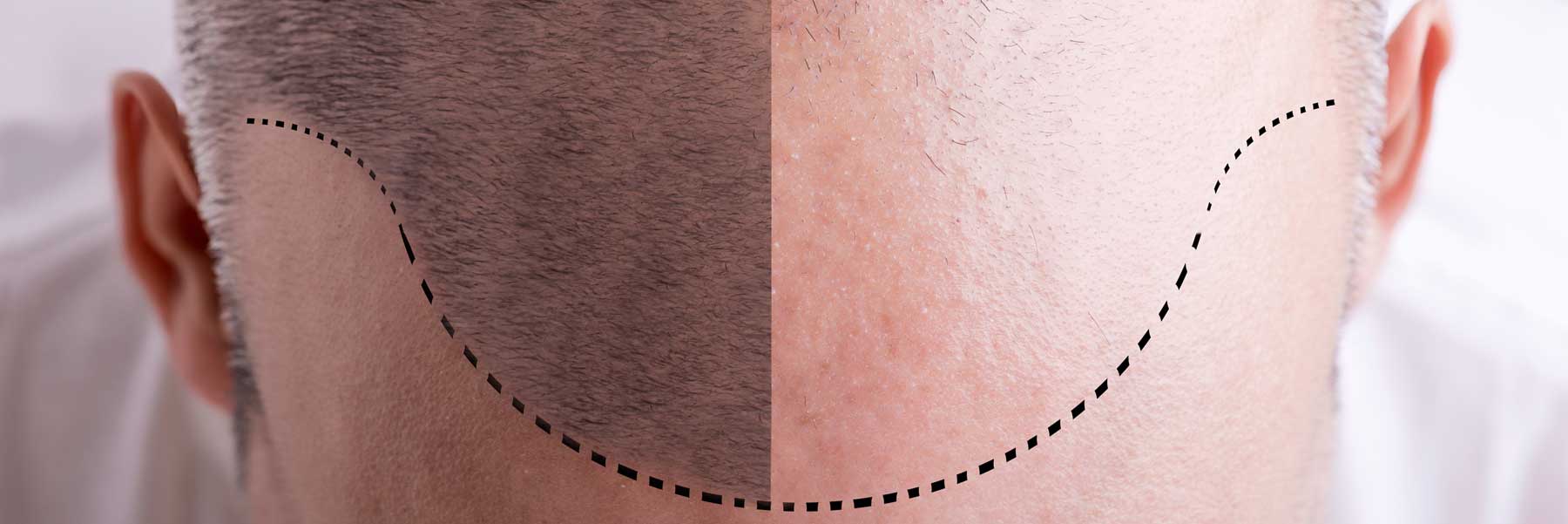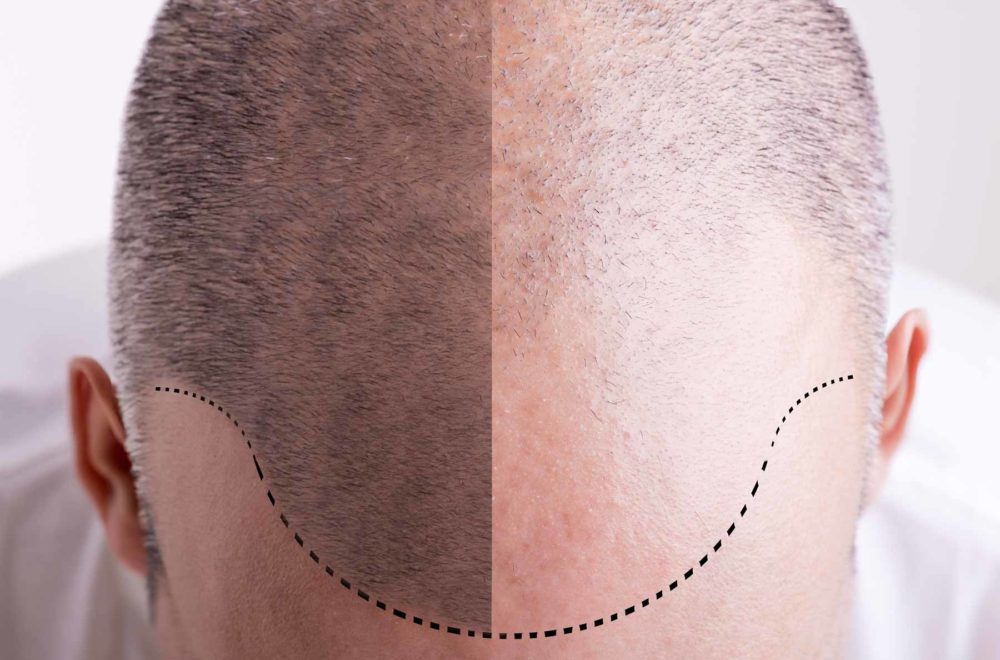


The graft or hair transplant is better known every day. However, in many cases the information that comes to us is not usually reliable and rigorous. Here some of the most frequent questions that arise to us when considering to perform a transplant.
Not all patients are candidates for surgery; This is something we should know. For this, it is important to first perform a correct clinical diagnosis of the type of alopecia. Hair transplantation is indicated in androgenetic alopecias and scars from burns, trauma or previous surgeries fundamentally. In other types of alopecia, the transplant must be assessed individually in each case.
The second place is to conduct a study of the donor area of the patient to see if he or she could really withstand this intervention without damaging the donor area for future interventions.
And thirdly, other factors must be assessed, such as the size of the recipient area, the age of the patient, the stability of the alopecia, … factors that are necessary to know in depth to make an individualized assessment in each case. Hence the importance of the medical team. At HC we are a team of professionals specialized in trichology and hair transplantation.
In recent years, it has finally been achieved to end with the idea that hair transplantation is an aggressive technique that produces an artificial result, thanks to the use of Folicular Units (UF’s), making it a non-invasive technique with natural results. and undetectable. Hence the importance of carrying out the procedure by an expert and professional team. It is not only “putting hair” but it is a very complex and meticulous procedure, in which small details are very important. Our mission is to put at your disposal the most advanced techniques in hair transplant and artistic design, together with the highest level of care and attention, in order to achieve a result with the most natural hair possible, with total transparency. Today unnatural or low density results are results that we will not allow.
There is no strict age range to perform a transplant. However, patients under 25 years of age should be especially valued, since alopecia under 30 years is usually more unstable.
Currently there are two hair transplant techniques, the FUT technique and the FUE technique. The biggest difference between FUE and the technique of the FUT is the method of extracting the follicular units from the donor area. In the FUE technique there is no obvious scar while in the FUT technique there is a scar. The latter is usually used for patients who usually have long hair, among other cases. In some cases these two procedures can be combined to maximize the area of donor area and give the patient as much hair as possible.
It is considered that the transplanted hair is a definitive hair, although like the hairs not transplanted from the rest of the head they are lost little by little by aging, some transplanted hairs are not alien to this natural process and can also be falling with over the years. However, the fall dynamics are not similar to areas with alopecia (such as the entrance area, the upper zone or crown).
The usual time we advise is between 7 days and 14 days. In this space of time you can join your job and live a normal life, with the exception of physical exercise that can not be done until strictly 14 days in the case of FUE. In the cases of FUT the advisable time if physical activity is much greater to avoid dehiscence in the surgical suture.
Postoperative care is very important. After the surgery the patient is thoroughly informed about these recommendations (washing, cures, sexual activity, tobacco, alcohol).
Surgery is an invasive process that involves trauma to the follicles. During this period, a more pronounced hair loss (non-transplanted hair) may initially occur. Later, when the “shock” has disappeared, the follicles will generate new hairs.
The transplanted hair usually falls out after the first month after surgery. After the third month, the transplanted hair begins to grow and after 8 or 9 months of the intervention the results are perfectly visible, although the definitive results are not reached 12-15 months after surgery.
Home » Specialties of HC Marbella » Dermatología » Unidad Capilar » FAQ’S
Maidana, Leandro
Hair Transplant Specialist
Benítez Ortiz, Rocío
Hair Transplant Specialist
Espina López, José
Hair Transplant Specialist
Tel.: +34 952 908 628
+34 609 148 799
952908898 Oncology
951829978 Diagnosis by imaging
951829947 Gynecology
952908897 Fertility
951829947 Physiotherapy



